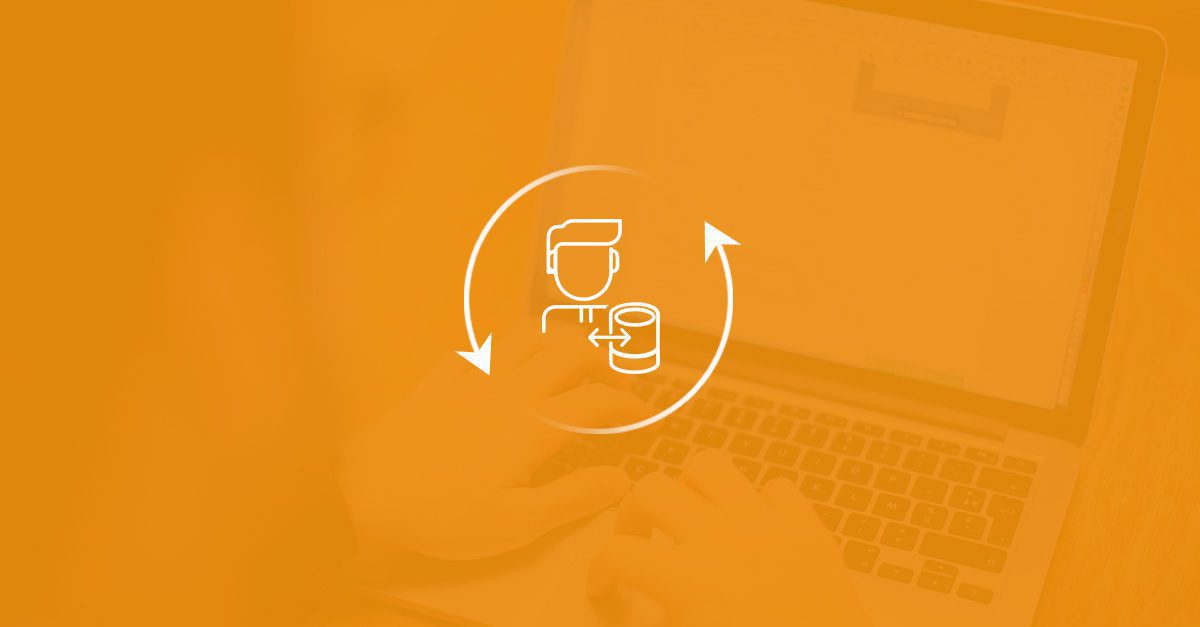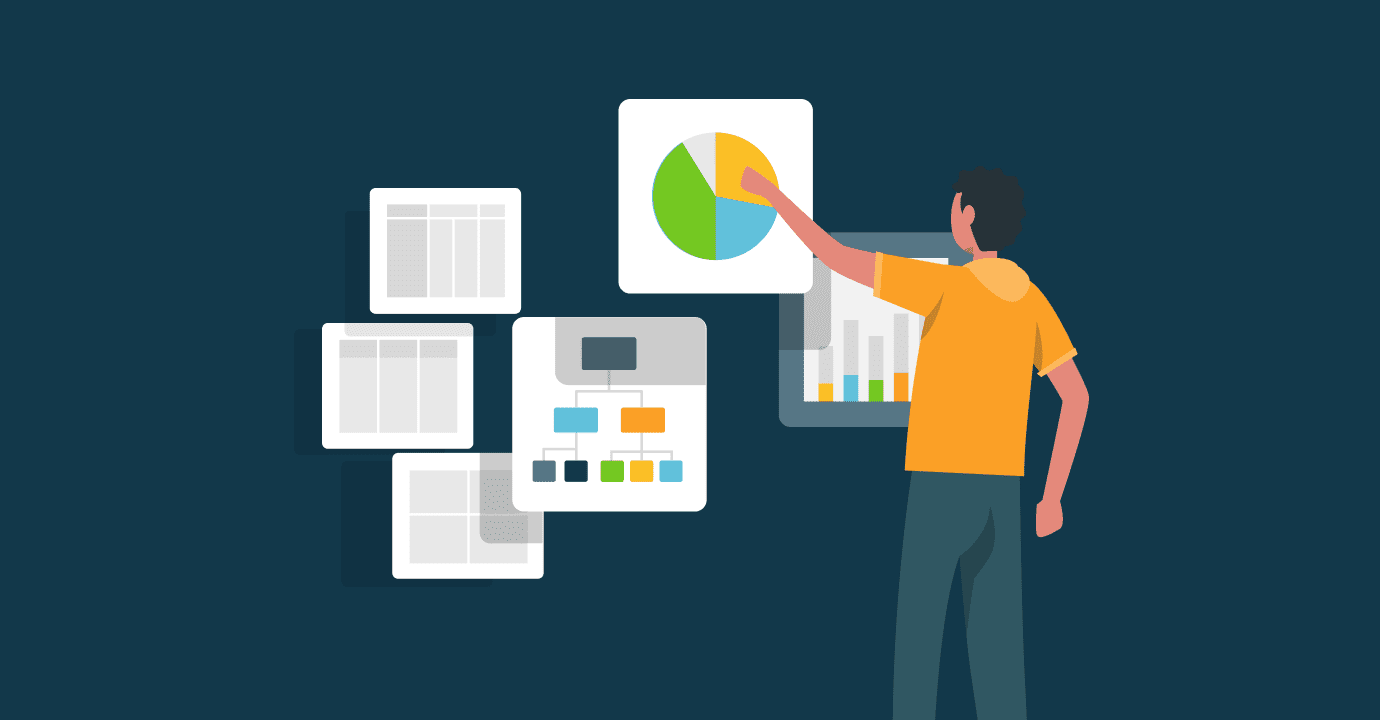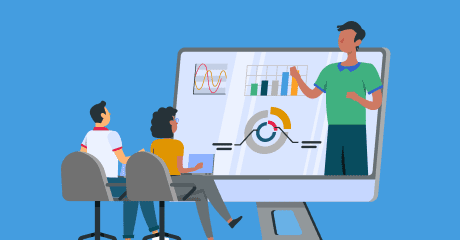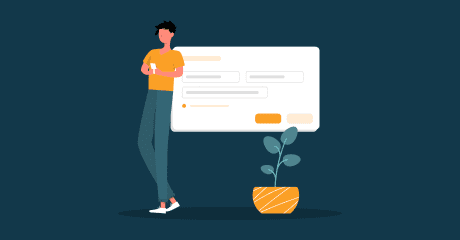How to transform your prospects into customers and your customers into regular customers
In the age of big data, data collection has become somewhat mandatory for companies seeking to enhance their customer loyalty process. Data collection can also prove very useful to understand which prospects can potentially turn into customers. Analyzing these data will hence help you optimize your conversion rate. However, you have to carefully select the data to analyse in order to draw the right conclusions.
In the first part of this article, we are going to see which data will allow you to better understand how your prospects become customers. Then, we will see how to make a customer loyal thanks to other data.
What data should you analyze in order to turn your prospects into customers?
Before trying to turn your prospect into a customer, you should first be able to answer the question, “What is a lead or a prospect?“. Generally, it is someone who has visited your website or explicitly shown interest for one of your products. It could be someone asking for more information, or reading some content on your website in relation to your inbound marketing strategy (if you are a B2B service). Therefore, all prospects shouldn’t be given the same value. Have they downloaded one of your white papers or asked for more info on your product or service?
This is why you must always ask yourself: is the prospect ready to buy my product or to be contacted by a sales representative? Whether you are a brand, a media, or an online service, the simplest and surest means of getting this information is to analyze the data coming from your online strategy (web site, social networks, CRM, etc.).
Here are the data that you can collect in order to better understand how to turn your prospects into customers:
1- Which page(s) does the prospect visit? Are they new or returning visitors?
Let’s imagine that one of your prospects visits your pricing page once for about 10 seconds. It probably means that they are less attracted to your product than another prospect who would have come back 4 days in a row. In this case, you could use this data to enhance the quality of your retargeting campaigns. It is probably less useful to promote your product or service to a prospect who only visited your product page for a few seconds.
2- What kind of content does the prospect download from your website?
If you work for a B2B company, you probably already have an online content strategy. It is important to highlight that each piece of content has a different purpose, and you have to take it into account for your analysis.
Let’s take the example of a prospect who downloaded one of your white papers. They are probably still at the thinking stage, looking for information. It might be too early to contact them. However, if a prospect explores your site’s knowledge base, downloads a case study or attends one of your webinars, they may be at a more advanced phase of reflexion, getting closer to purchasing your product. Properly used, these data will allow you to quickly identify the prospects that have a chance of becoming customers.
3- Any data telling you that the prospect is just curious and that they’re not interested in buying your product (yet)
When you create a contact form on your website, you can add a field that will make you know immediately whether the prospect is really interested. For instance, if your target audience consists of people over the age of 40, you could add an « Age » field. This will allow you to quickly separate interesting prospects (who match with your target audience) from the others.
Qualifio allows you to easily create this kind of forms and integrate them into your website without any IT knowledge. Moreover, data generated through Qualifio can be pushed automatically into your CRM.
All these data will allow you to get accurate information on your prospect’s needs and therefore contact them or push them to buy at an optimum moment. This way, a salesperson could contact the prospect with a personalized message containing the offer that they regularly visited. This type of data strategy will keep you from being seen as intrusive and will thus optimize your prospects conversion rate.
What data should you collect to understand how to retain customers?
Once your prospect has become a customer, other data need to be analyzed to make sure that your customer stays loyal.
1- How often does the customer buy or use your product(s)/service(s)?
This information is important because it allows you to forecast the potential evolution of the interest of your customer. When a customer’s frequency of purchase decreases, you can email them coupons or special discounts for instance. You can also ask them to complete a survey in order to have a better understanding of their purchasing behavior. Both these options could trigger their interest again.
If you are selling a service, your customer may have subscribed to an offer that didn’t exactly match his needs. These data could allow you to recommend them another offer that would suit them better. That way you can avoid losing customers for good.
This is the reason why it is very important to keep your CRM up to date with all the information on your customers.
2- Is your customer aware of the full possibilities of your product?
Maybe your product is not so easy to understand for everyone because of its peculiarities. If you are selling electronics or self-assembling furniture for instance. Or if your product is a specialised product or innovative, or if you work in a niche market, etc. All these elements could prevent the customer from buying again and/or make them go to your competition.
Collect this data with an interactive survey created with Qualifio. You can easily create the questions you want in order to make decisions based on the participants’ answers. Another option is to analyze your users’ path on your website thanks to Google Analytics or the like, especially if you are running an online service business.
3- Are new customers satisfied?
It is also important to know what a new customer thinks of your product or service. For example, when a customer starts using your product, you can set an automatic e-mail a week after containing a survey in order to have a fresh feedback on your product. To send this automatic email, you can use any email marketing software such as MailChimp, Intercom, or AWeber.
Thanks to Qualifio, you will be able to create a satisfaction survey with many different types of questions. Customize your questions with multimedia tips, clickable images, easy CSS edition, etc. After that, all you have to do is insert the questionnaire link in your email!
4- Is your customer following you on social media / reading your blog?
It’s also relevant to know whether your customers follow you on social media and/or read your blog. Why? Because if your customers are easily aware of your latest news or product features, they will be more likely to go back to your product.
The interest of getting this data is to incentivize customers who are not following you yet, to start doing it immediately. This is a long-term strategy that aims at creating a community around your product or service and then encourage its use.
Thanks to these data, you will have a global overview of your customers’ interest and willingness to keep buying your products or to renew their subscription. However, it is not enough merely to collect these data. Indeed, you have to use and analyze them wisely in order to turn customers into recurring customers.








